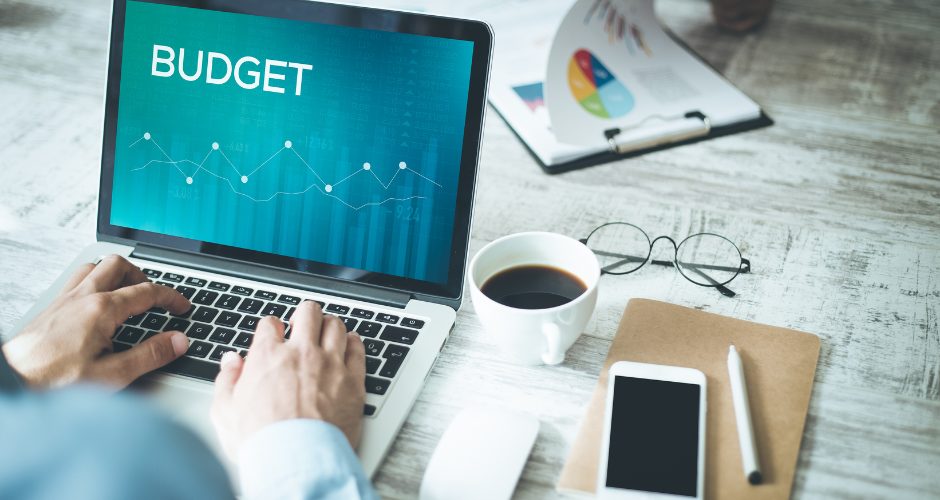Buying a home is one of the biggest financial decisions you’ll ever make. While it’s easy to get caught up in the excitement of open houses and online listings, the reality of homeownership comes with a new set of financial responsibilities. That’s why I recommend a simple but powerful budgeting exercise to help you prepare: Pretend Like You Own a Home.
Step 1: Examine Your Current Budget
Before you start house hunting, take a close look at your income and expenses. Track every dollar you earn and spend for at least a month. This will give you a clear picture of your financial health and help you identify areas where you can cut back if needed.
Next, speak with a mortgage agent. They’ll help you understand what you can comfortably afford based on your financial situation, current interest rates, and available loan products. This step is crucial: it grounds your expectations in reality and prevents you from falling in love with homes outside your budget. Have questions about home budgeting? Let’s chat! I also work closely with some fantastic local mortgage agents and would be happy to connect you.
Step 2: Make Practice Payments
Here’s where the exercise gets real. Take the amount you’d expect to pay each month for your mortgage, based on your lender’s estimate, and physically move that money into a high-yield savings account. Do this every month, just as if you were paying a mortgage.
This “practice payment” does two things:
- It helps you adjust to living on your new budget before you commit to a mortgage.
- It builds up your savings, which can be used for your down payment, closing costs, or an emergency fund.
Step 3: Factor in Additional Expenses
A mortgage payment is just one part of the cost of homeownership. Don’t forget to include:
- Maintenance and Repairs: Experts recommend budgeting at least 1% of your home’s value each year for upkeep.
- Property Taxes: These vary by location and can change annually.
- Utilities: Your new home may have higher hydro (electricity), water, and heating bills than your current place.
- Insurance: Homeowner’s insurance is required by lenders and protects your investment.
Add these estimated costs to your monthly “practice payment” to get a true sense of what your future budget will look like.
After Months of Practice…
After several months of making these practice payments, you’ll have a clear, realistic understanding of what homeownership will feel like financially. You’ll know exactly what you can afford, and you’ll be confident making offers on homes within your budget.
If your new payment exceeds your current one (be it rent or a mortgage), start tucking away the extra cash each month. Does your budget still fit? If not, it could be a sign to rethink the type, location, or size of the home you’re eyeing.
Final Thoughts on the Homebuyer Budgeting Exercise
This exercise isn’t just smart—it’s empowering. It helps you accurately imagine the new expenses of owning a home within the boundaries of your current budget. Plus, you’ll have extra savings set aside for when you’re ready to make your move. Contact me to schedule a free, no-obligation buyer consultation for more personalized real estate information.
Disclaimer: This blog post is for informational purposes only and does not constitute financial or legal advice. Everyone’s situation is unique—please consult with a qualified mortgage professional, financial advisor, or real estate expert for personalized guidance before making any major decisions.
Looking to buy, sell, or invest? As your REALTOR®, I’ll guide you every step of the way. Contact me today to schedule a free consultation and let’s turn your real estate dreams into reality!
For more information, contact:
Susan Moffat, REALTOR® with Century 21 In-Studio Realty Inc., Brokerage
519.377.5154
susan.moffat@c21.ca

 Facebook
Facebook
 X
X
 Pinterest
Pinterest
 Copy Link
Copy Link

